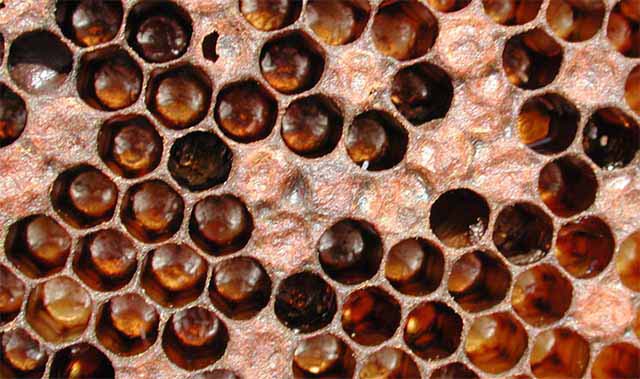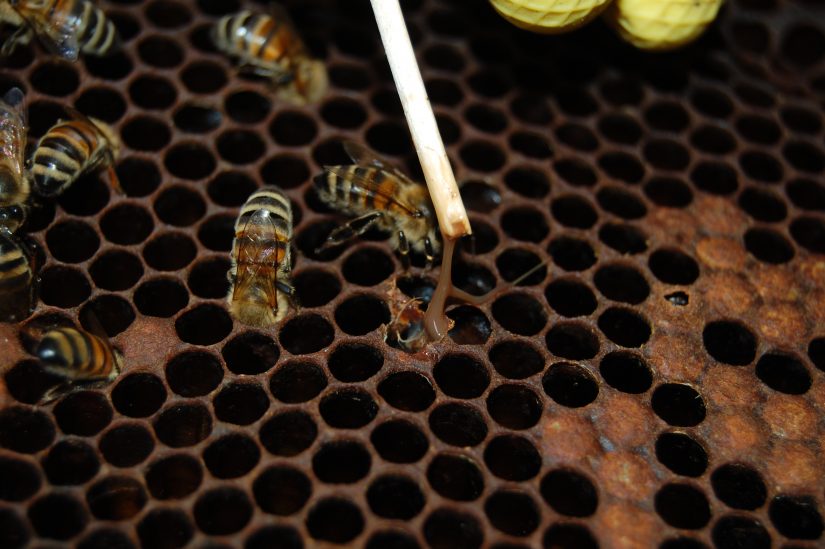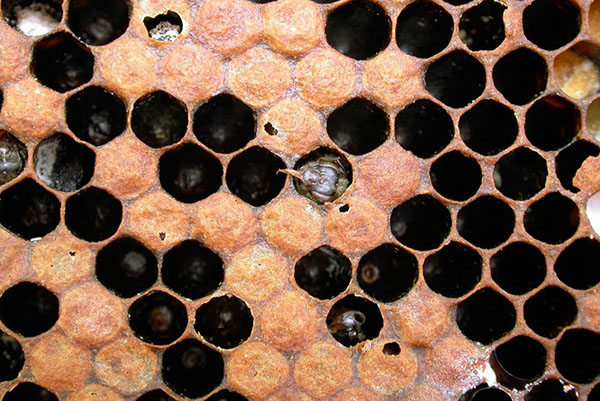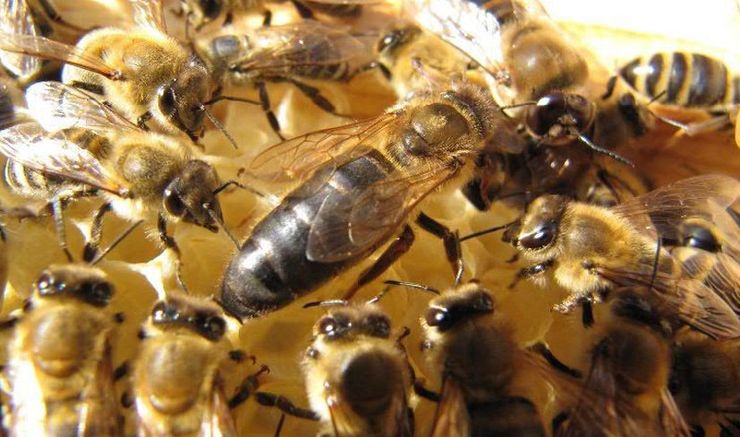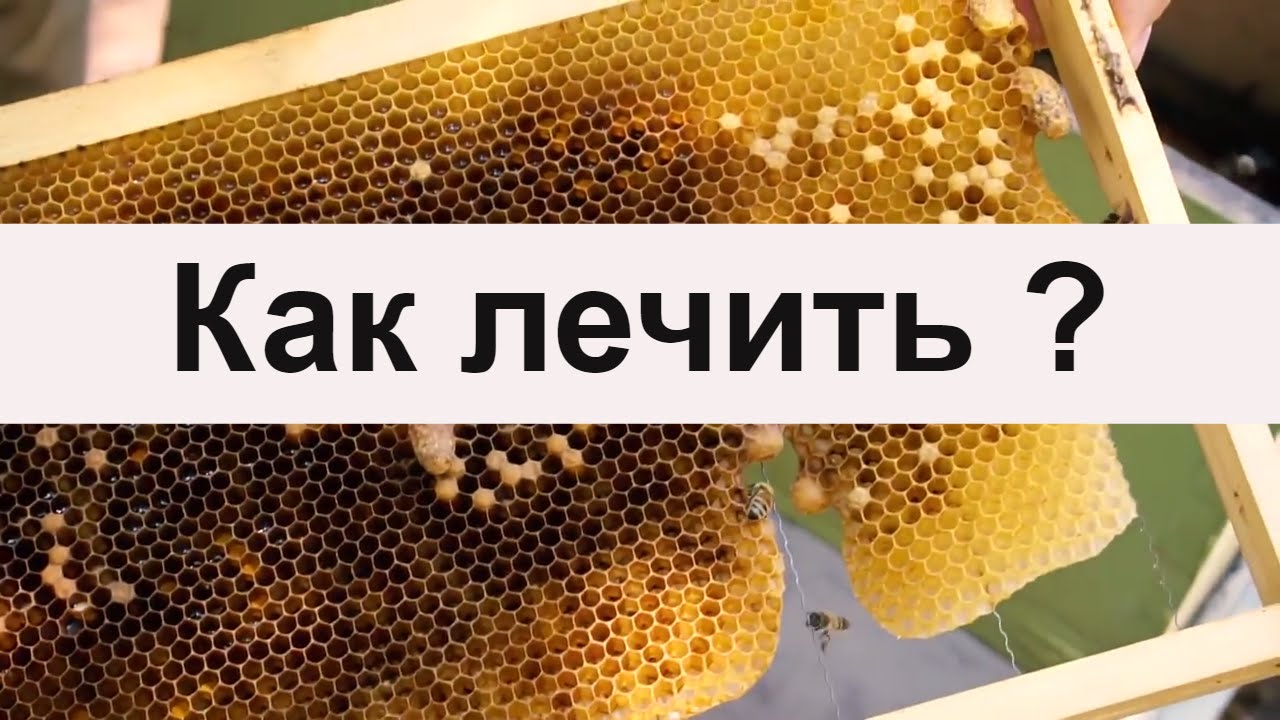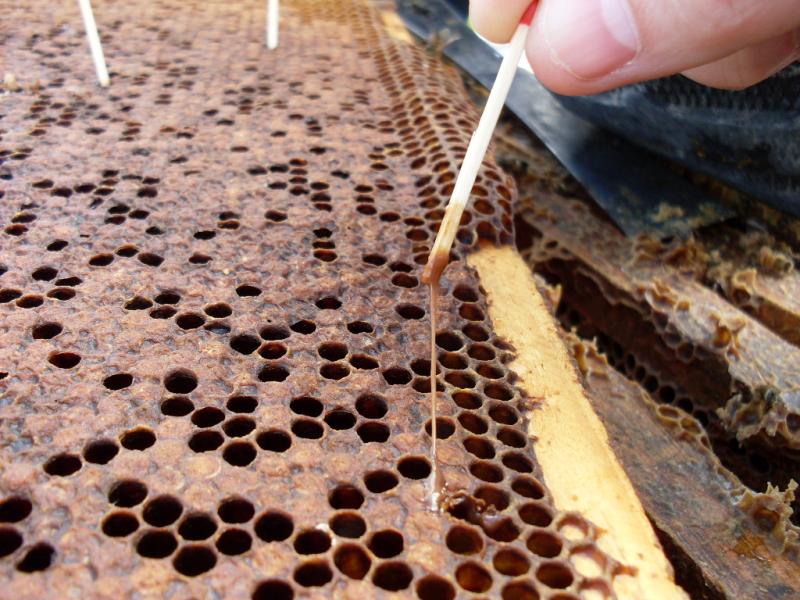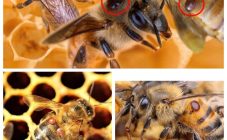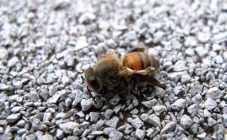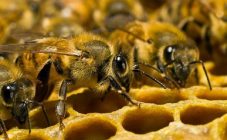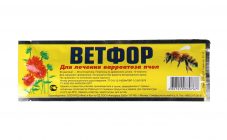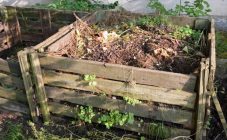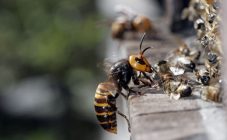Content:
Diseases of bees bring colossal losses to beekeepers. Putrid diseases are especially dangerous. The nature of the disease is infectious, the cause is malignant bacteria. The pathogen attacks the larvae, leading to death and weakening of the hive.
There are 2 types of foulbrood: American and European, differing in pathogens and clinical presentation. Affected families are treated with antibiotic drugs; in advanced cases, they must be destroyed.
general information
If you observe signs of foulbrood in bees, you must immediately report to the district veterinary center. Foulbrood in bees is treated, drugs are prescribed by the veterinary service. Analysis of the affected honeycomb pieces is performed. When confirming the source of the disease, the entire complex of measures for the prevention and treatment of bee families should be carried out.
A quarantine zone is being formed on the territory adjacent to the apiary 5-7 km. This limitation includes stopping the sale of any materials from the contaminated area and a ban on migrations outside the fenced area.
Putrid diseases of bees and their treatment occurs in several stages. Infected colonies should be moved to clean hives. After the drive, all families in the apiary need to be treated with antibiotic syrup.
To prepare the syrup in a 1: 1 ratio, dilute the sugar and add medications to the resulting mixture. The combination of ampiox (1 gram) with norsulfazole (2 grams) gives a positive effect. This dosage is based on 1 liter of syrup, sufficient to treat 5 frames.
Treat several times. For infected bees 3-4 times at weekly intervals. Healthy bees are treated twice for preventive purposes.
Varieties
The types of foulbrood depend on the infective agent. The disease is divided into American and European types.
American foulbrood is caused by the bacteria Bacillus larvae. Only the larvae of bees are infected, entering the digestive tract through eating contaminated feed. Adult bees can act as carriers, spreading the infection through the combs. In addition, bacteria can persist for a long time in honey and bee bread.
European foulbrood refers to open brood diseases. In this case, larvae that are not sealed in the combs die. Streptococcus bacteria Pluton and Apis, Alvey and Orpheus are capable of causing the disease. The infection mechanism is identical with the American type.
Signs
In the American foulbrood, it is impossible to detect infection in the early stages, since it is located in sealed cells. Disease-causing changes become visible when a significant part of the brood is affected. The incubation period is on average 2-7 days.
The death of the larva occurs in the prepupal stage, when the cell has already been sealed. Its color changes to brown, a cadaverous smell, reminiscent of wood glue, begins to emanate. The body of the larva settles, pulling out the cap with its head.The bees become unable to remove the sticky mass and lay the brood in adjacent cells. Honeycombs with infected larvae stand out with a variegated color.
The European type of foulbrood has a shorter incubation period (1-3 days). The death of the infected larvae occurs at the stage of unsealed cells. The color takes on a dull yellowish-gray tint, giving way to brown. The body begins to sag and shrink. The cadaverous smell has sour notes.
The covers over the dead larvae are damp, dark in color, with a depression inside the cell. The bees easily cleanse the cells of dried larvae, spreading the infection throughout the combs.
The main symptoms of both types of diseases are discoloration of the brood and the appearance of a characteristic putrid odor. American foulbrood is accompanied by the formation of a sticky mass from the body of a dead larva, stretching in the form of a thread up to 10-15 cm.
Prevention
Preventive measures will prevent infection of bees and help to avoid losses from brood loss:
- when buying bee layering, queens should be examined for signs of disease;
- annual spring work should include disinfection of inventory equipment, warehouses and hives;
- the apiary area should be regularly cleaned of contamination;
- the use of blackened old honeycombs is unacceptable;
- replace a third of the combs annually;
- do not migrate to quarantine areas;
- purchase thermally processed wax foundation.
Treatment of European and American foulbrood
The initial treatment is to transfer the bees to new beehives with clean foundation and frames. Infected honeycombs should be burned, inventory should be processed indoors.
For the treatment of bee colonies affected by the European species, an event similar to the American type can be used. In addition, there is a well-known recipe discovered by Romanian scientists using healing kandy.
If infected with both types of infection at the same time, it is necessary to use the American species treatment method, since the use of kandy will be ineffective for a closed brood.
Doses of drugs
Any of the preparations containing neomycin, erythromycin, tetracycline at a dose of 400,000 IU or biomycin with a dosage of 500,000 IU must be added to the medicinal syrup. Such a mixture is used at the rate of 100-150 ml per 1 street or, using a spray bottle, for spraying 1 frame.
The recipe for medicinal kandy, which destroys the pathogen of European foulbrood, includes powdered sugar (155 grams), sunflower oil (45 grams) and terramycin (1 gram). Form cakes from the resulting mass and spread the kandy into frames for canvases at the rate of 1 cake per family. With extensive infestation, it is possible to additionally process the combs with brood with a solution of powdered sugar (100 grams) with terramycin (2.5 grams).
Disinfectants for hive and inventory
The initial measure to eliminate the disease is to disinfect the hives and equipment from foulbrood. As an antiseptic, a solution of hydrogen peroxide with ammonia is used. Iodine-containing preparations have an effective effect. From the list of household products, you can stop the selection on Domestos.
- all textile equipment, including canvases, must be boiled for 30 minutes in an alkaline solution;
- metal instruments can be ignited or immersed in a disinfectant solution for 60 minutes;
- spray a disinfectant on the inner surface of the honey extractor, after a few hours, thoroughly rinse the device;
- to clean the land, it is necessary to incubate it for a day in a solution of hydrogen peroxide and 3% formic acid; after that, shake the liquid out of the cells thoroughly and rinse abundantly;
- hives and other wooden components can be calcined with a blowtorch until an even brown color is formed, after having previously cleaned the walls from wax deposits and propolis;
- wooden frames need to be boiled for 15 minutes in a 2% sodium hydroxide solution;
- dig up the ground under the hives to the depth of the shovel bayonet and add lime;
- melt the larvae remaining in the comb, burn the frames;
- to disinfect the wax, it is melted at 120 ° C for 2 hours.
Summing up, we can say that the infectious disease "foulbrood" can be caused by various microorganisms. Depending on the age of the lesion of the larvae, the infection is divided into 2 types: European and American.
Closed, or American, is identified by the color change of the sealed cell lids. When analyzing with a cotton swab, a viscous thread 10-15 cm long is pulled out of the cell, which has the smell of carpentry glue. The European species infects larvae in open cells. It is possible to determine the presence of infection by changing the body of the larvae and their drying out.
In both cases, it is necessary to move the bees to new clean hives and administer antibiotic therapy 3-4 times every week. For prevention, healthy families are treated twice in the same way.
Contaminated tools, equipment and equipment of the beekeeper must be thoroughly disinfected or, if impossible, disposed of by incineration. Compliance with preventive measures and a sanitary and epidemiological regime will allow you to protect and preserve healthy families, reducing possible losses.
